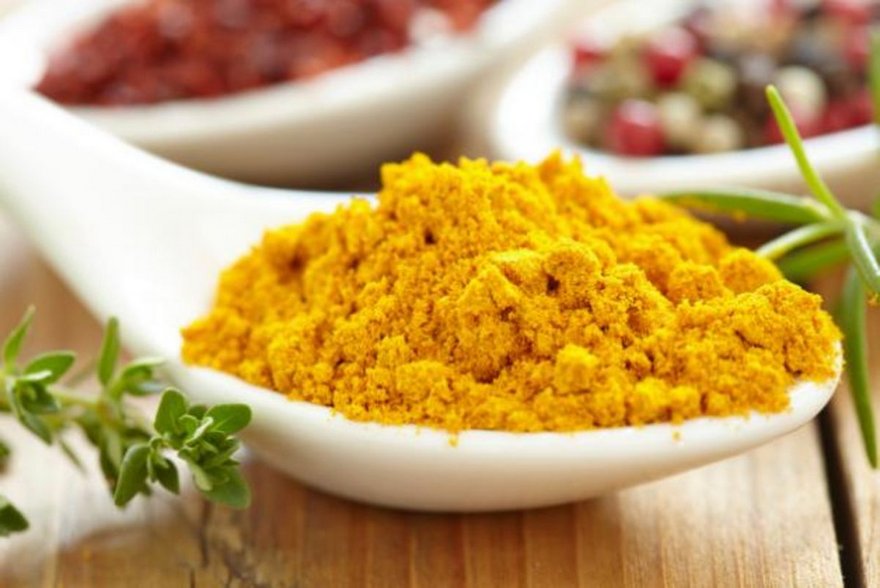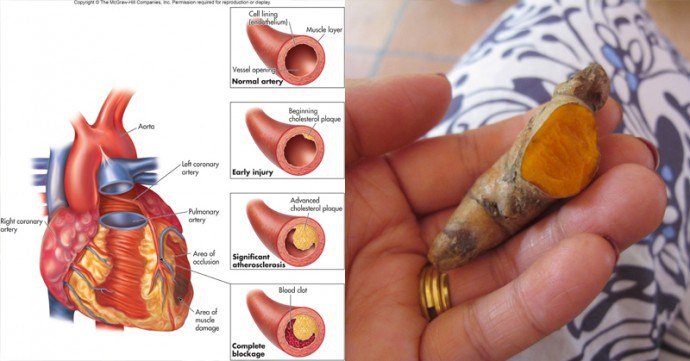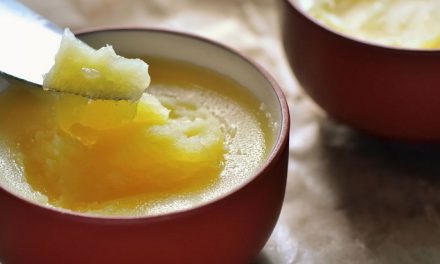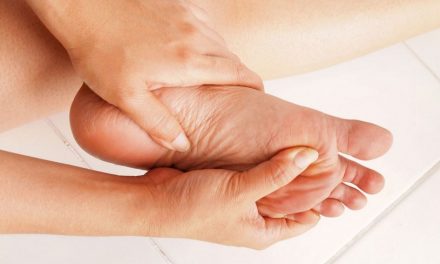We all know that exercise cannot be replaced by anything. However, turmeric extract seems to do a pretty good job of producing some of the same cardiovascular health benefits, most particularly in women undergoing age-associated adverse changes in arterial health.
Although conventional medical practitioners express a general lack of interest in turmeric’s role in preventing heart disease, there is a lot of published research on its remarkable cardio protective properties.
[wp_ad_camp_1]
There is a study, published in the American Journal of Cardiology, which found turmeric extract to be able to reduce post-bypass heart attack risk by 56%. And there’s also another amazing study from 2012, published in the journal Nutrition Research, which revealed that curcumin, the primary polyphenol in turmeric which gives it its golden hue, is as effective in improving vascular function in postmenopausal women as a moderate aerobic exercise training regimen.
The study lasted 8 weeks and involved 32 postmenopausal women who were assigned into 3 groups: a non-treatment control, exercise, and curcumin. The researchers ascertained the health of the inner lining of their blood vessels (known as the endothelium) by using ultrasound to measure flow-mediated arterial dilation, a well-known indicator of arterial elasticity and therefore endothelial function. A disturbance of the endothelial function is considered a crucial cause of the development of atherosclerosis. Therefore, anything that can prevent, reduce or reverse endothelial dysfunction may reduce morbidity and mortality associated with cardiovascular disease.
The women in the curcumin group received 150 mg turmeric extract per day, for 8 weeks, supplying 25 mg of colloidally dispersed nanoparticle curcumin. Their habits, regarding their diet and exercise, were unchanged during the study period.
The women in the exercise group went through an aerobic exercise training more than 3 days per week (2-3 supervised sessions and additional home-based training). In the course of the 8 weeks, their exercise program involved cycling and walking for 30-60 minutes per session, ranging in intensity from 60% of their individually determined maximal heart rate in the initial phase of the trial, to 70-75% maximal heart rate in the latter half.
After eight weeks, flow-mediated dilation increased significantly in both exercise and curcumin, compared to the control. The researchers concluded:
“The present study showed that regular ingestion of curcumin or regular aerobic exercise training significantly improved endothelial function. The magnitude of improvement in endothelial function to the same extent, suggesting that curcumin may prevent the age-associated decline in endothelial function in postmenopausal women.”
Discussion:
This study absolutely encourages people who already use turmeric in their diet, or perhaps take a curcumin supplement to ward off a wide range of potential ailments. However, it should be clearly noted that exercise shouldn’t, and can’t be replaced with a supplement. Nor can exercise replace the critical role that turmeric plays in human health and disease. Of course, if one incorporates plenty of regular exercise with regular culinary doses of turmeric, the synergy of the health benefits would most likely far exceed exercise or turmeric taken alone. This study didn’t look at the effects of a combined use of turmeric and exercise, but it’s commonsense that we shouldn’t sit around and wait for another clinical trial before we employ this obviously optimal strategy.
Another interesting study was published by the same research group in 2012 in the American Journal of Hypertension. It observed the combined effect of curcumin and exercise in postmenopausal women in improving heart muscle stress tolerance. It found that “regular endurance exercise combined with daily curcumin ingestion may reduce LV [left ventricular] afterload to a greater extent than monotherapy with either intervention alone in postmenopausal women.” Chronic heightened left ventricular afterload can contribute to pathological hypertrophy of that region of the heart, and is linked with elevated blood pressure and aortic valve disease. These findings clearly show that combining exercise with turmeric (or curcumin) will produce the most benefit.
Another ‘side benefit’ of using turmeric with exercise is the fact that it is a great remedy for reducing exercise-associated inflammation and pain. It has already been found very effective in relieving symptoms linked with osteoarthritis. You can find the details of this study here: Turmeric Extract Puts Drugs For Knee Osteoarthritis To Shame.
Source: theheartysoul.com












I have a habit of eating a one piece of garlic with my meal. beside every day take 50mg atonal tablet usually. my age is 63. everyday I check my heart beat it count as 60 per mts. some days it become more than 60 when I used some alcohol more than 300 ml it is rare case, as I am not a habitual user.I want to know whether can I use pinch of turmeric as usually everyday.(Raw or dry powder). Can I stop taking atonal every day.
Very happy I take one turmeric whenever I feel gas or indigestion problem.the result is instant.
Raghumama
A very good information .But every body will be searching for an answer as to how to consume turmeric.It is common knowledge that a very small pinch of turmeric powder only we consume for the whole family .A small increase will add a pungent odor .So, it is essential that somebody tells us as to how to consume considerable quantities of turmeric
Each and every article is very beneficial and knowledgeable on this site. (better allow cookies to fill in the remarks. ?)
– Best wishes
Sir,
1) I under went angilasty 6 years ago, I am male aged 67 years. Now i do not seem to,have any cardio vascular problem
Kindly let me know how to prevent further blockage in arteries to maintian my health.
The turmeric powder what we can get in a grocery shop, may not be genuine. If we want real one, we should by dry turmeric and grind it in a blender and consume. The best will be the raw rhizome what we can get without drying. This can be stored in fridge and consumed adding with food or grinding it with gooseberry and adding to honey.
Devasenapathy fromHosur.
True, all articles published on this site are very much beneficial to the people, not necessarily patients.
One can take capsules available from Nature source or other shops selling natural foods. One capsule a day can satisfy the daily needs.
sir, it is highly informative article, please publish such articles in future.
very nice article, turmeric can be taken with milk with or without sugar, which is very good during early morning,
Very good during winter season , with honey and hot water
Great to see this in our respected Indiadivine.org
Turmeric is great.
A Small marble size ball of turmeric(mixed with water to make the ball) in an empty stomach first thing in the morning.You could prepare the last thing the previous night and all the family could swallow with some water.
Wasantha please do not stop your atenolol.you could start taking the turmeric along with it atleast for three months, then see your doctor and maybe after that reducec the dose and the see how it goes.
I have given a reference to a website aove and here where you can see the other benefits and also about Neem ( which you could take along with turmeric as another ball )
http://www.ishafoundation.org/blog/yoga-meditation/demystifying-yoga/health-benefits-of-turmeric/
thank you all
kindest regards
V.Rajasekaran
In addition to our daily use of turmeric( a 1/2 teaspoon)
for the whole family while cooking, take a pinch of turmeric powder with a gulp of milk every day. This will also balance
the kapha in your system besides keeping you in healthy.
vaidyanathan
We use turmeric in Rasam powder along with Dhania and kariveppilai. So we get a soup as a drink when we drink rasam. In south indian cooking, ginger and turmeric are commonly used during the pongal time. Sugarcane is also used during this festival.
hello everyone, can someone please let know the cure or relief from TINITIS or ringing in the ear or head, I have tried baila tailam and onion juice but it did not help. I have had this ringing for the past five months and its very difficult to fall and stay asleep. with many thanks, sonny.
Add pinch of turmeric powder to 200ml of hot milk, along with 3or4 pepper crushed and palmyrah tree jaggery (pana vellam) or jaggery and can be taken. For diabetics Jaggery may be substituted with stevia powder.
I takes a teaspoon of turmeric powder with honey everyday
Also I takes a table spoon of cinnamon powder with honey everyday
I exercise one hour daily
Iam 60 now and feels only 30 years
Only 1/4 tea spoonful and a pinch of sugar or mishri powder, stir well with a spoon in a glass of hot milk. Use it at night one our before sleep preferably, to avoid any nightfalls. It repairs the daily damages in our body. It should be taken daily ; just a pinch of that, not much. Hot milk should be sipped slowly and don’t gulp it down in one go. It is true while consuming any liquid, it should be consumed slowly to take the full benefit out of that.
Very good article. Thanks for giving such a valuable information.
Even from comments which get in response to the article, one gets to know lot of useful info.
I also take two pinches of turmeric dry powder in a cup of hot milk whenever I feel feverish. Also I take it when i have cough and cold.
i have rheumatoid arthritis and sorises ( skin). also diabetic. is there a remedy for it.
Regular drinking of hot turmeric milk with a little black pepper and cinnamon powder protects from cold,cough,fever,bodyaches,asthma,cancers,infections,inflammations,heart diseases,liver and breathing problems.It is most beneficial in diabetes,arthritis and urinary tract infections.It regulates lipid profile of the blood and cures cardiac hypertrophy.
After angioplasty,regular intake of 2_3 gram powder of Kalmegh is advised so as to protect the arteries from clogging.
One day someone says almo d is good, next day article says almond causes kidney. Same for ghee and turmeric and many many more things. My personal recommendation is eat everything but do in moderation including exercise and water drinking. Moderation is the key to healthy eating and NOT any one food or edible item.